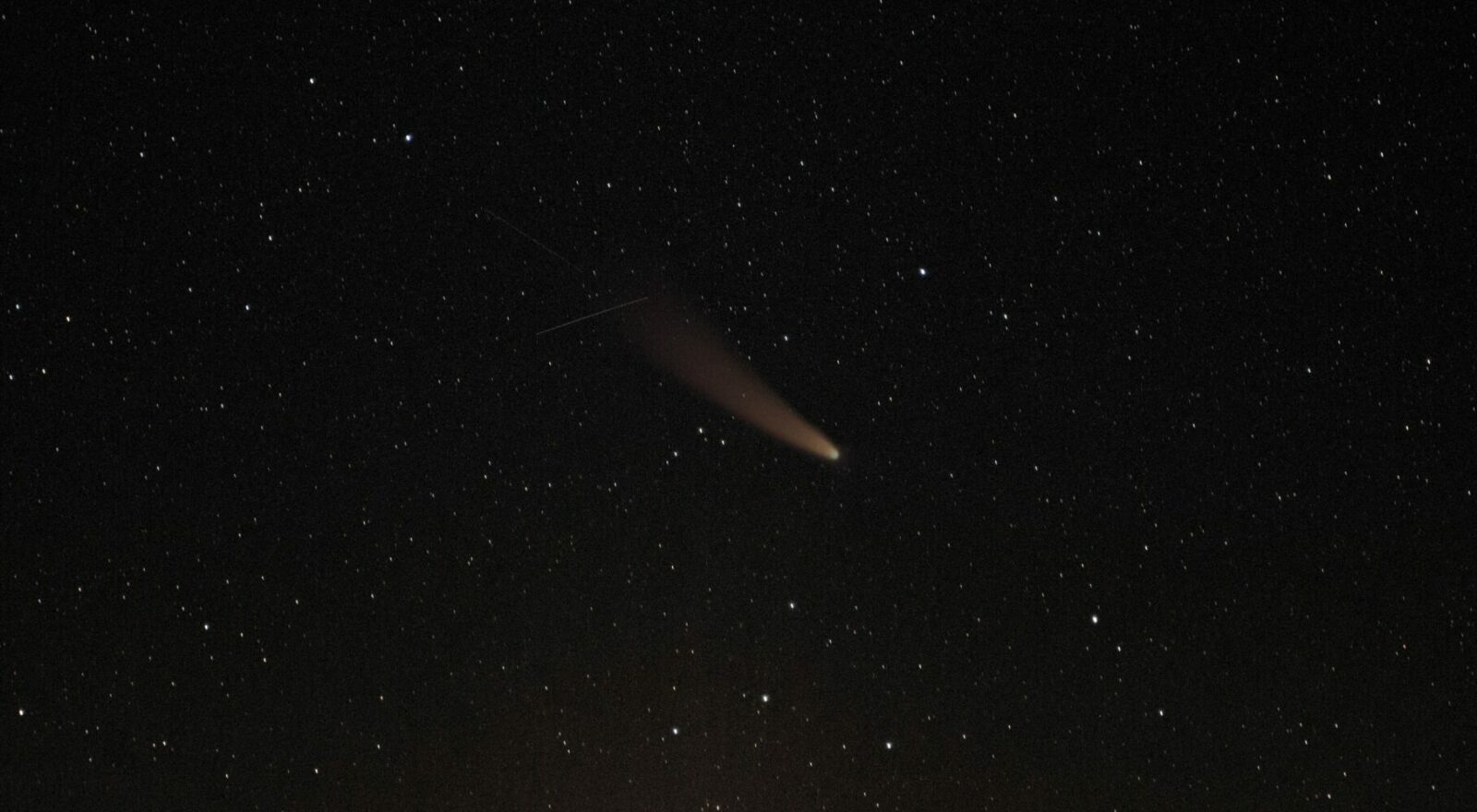Experts use planetary radar in order to study asteroids. Scientists just discovered the 1,001st asteroid using this effective method. What does this method imply?
Astronomers send a beam of radio light to a solar system object and then catch the photons that echo back to our planet. This technique allows scientists to find out more about the outer space object. From its size, shape to details on the surface and also its movement, experts can study asteroids that might collide with the Earth. Scientists can therefore calculate the probability of an object hitting our planet.
This technique dates back to 1968. However, the latest asteroid discovered is much larger than the 1,000th space rock to date. The 1,000th asteroid was dubbed 2021 PJ1.
“2021 PJ1 is a small asteroid, so when it passed us at a distance of over a million miles [1.7 million kilometers], we couldn’t obtain detailed radar imagery,” Lance Benner, a radar expert at NASA’s Jet Propulsion Laboratory (JPL) in California, said in a statement.
“Yet even at that distance, planetary radar is powerful enough to detect it and measure its velocity to a very high precision, which improved our knowledge of its future motion substantially.”
However scientists now have details of a much larger object dubbed 2016 AJ193, the 1,001st asteroid. Due to its size, scientists were able to observe more surface features. The interesting fact about 2016 AJ193 is that it resembles an icy comet.
“It has a cometary orbit, which suggests that it may be an inactive comet,” said Shantanu Naidu, a scientist at JPL who led the observations.
“But we knew little about it before this pass, other than its size and how much sunlight its surface reflects, so we planned this observing campaign years ago.”
The 1,001st space rock will pass the Earth again in February 2063 say the experts.























Leave a Reply